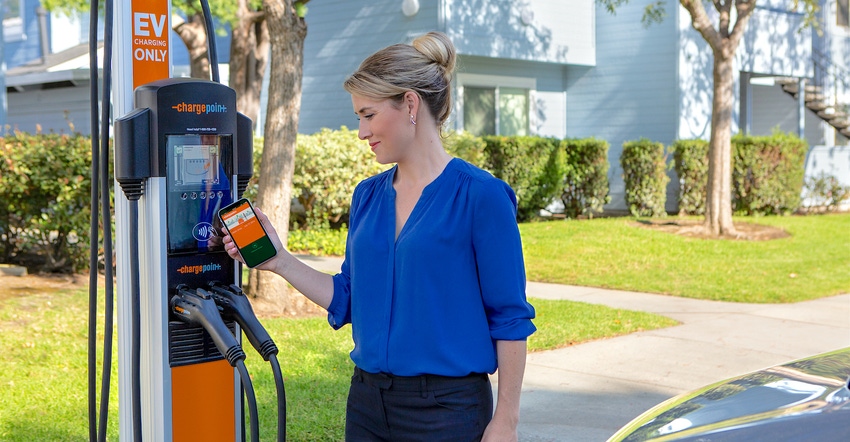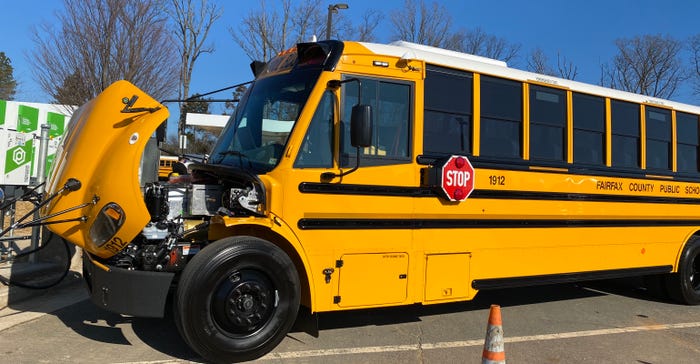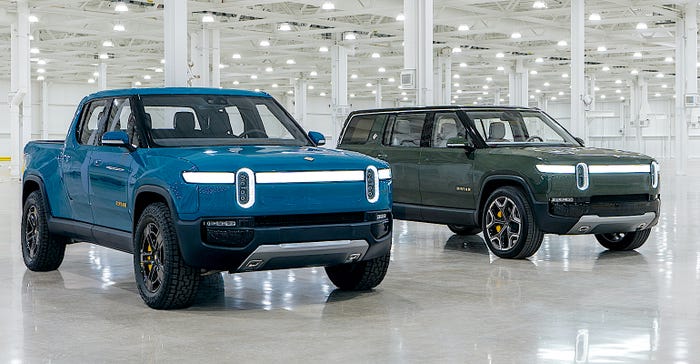Electric Vehicle Industry Group Issues EV Road Map
The Zero Emission Transportation Association (ZETA) map charts the way to 100 percent electric vehicle sales by 2030.

A coalition of auto, energy, and charging infrastructure companies have released an outline of plans for the U.S. to move toward all-EV sales by 2030. The Zero Emission Transportation Association (ZETA)’s roadmap pinpoints specific policies to accelerate the adoption of electric vehicles in the consumer and commercial vehicle markets. As an association recommendation, the ZETA plan is necessarily wonky as its six primary pillars encompass 34 specific policy proposals. Those pillars are:
1. Light-Duty Electric Vehicle Consumer Adoption
The map calls for point-of-sale consumer incentives, early retirement incentives for combustion vehicles (like the Cash for Clunkers program), and tax incentives, to accelerate the demand for electric vehicles.
2. Medium- and Heavy-Duty Electrification
ZETA says that medium-duty and heavy-duty vehicles such as buses, service, and delivery vehicles are primed for electrification and that those fleet operators are eager to save on service, maintenance, and fuel costs. New tax credits, retirement incentives, and targeted programs will further accelerate and drive demand for electric medium- and heavy-duty vehicles. It also calls on the government to pass the Clean School Bus act to provide financial assistance to local school systems to switch to electric buses.

3. National Charging Initiative
ZETA is calling for a $30 billion investment in charging infrastructure. This includes reforming the Alternative Fuel Infrastructure tax credit, establishing a federal definition of “EV Make-Ready,” writing model building codes for charging infrastructure, and prioritizing the EV charging buildout within the National Highway Freight Network.
4. Encourage Domestic Manufacturing
The industry group points out that electric vehicles provide an opportunity to re-establish American pre-eminence as an auto manufacturer. ZETA’s policy proposals promote production across the entire supply chain, from raw materials to manufacturing to battery recycling.
5. Performance and Emissions Standards
The federal government can nudge the shift toward EVs with stronger emissions targets that signal the need to speed the transition to zero-emission modes of transportation.
6. Federal Leadership
ZETA urges the federal government to lead the way by committing to the electrification of its own fleet, investing in charging infrastructure, and promoting federal EV rental. The group says that federal leadership can provide an aligned vision for electrification that empowers local leaders with the necessary expertise and resources.
“ZETA’s policy platform results from extensive outreach, research, and collaboration with the electric vehicle sector, advocates, and policymakers,” said Joe Britton, executive director of ZETA. “We’ve worked diligently to develop a roadmap of recommendations that reflect the best path forward to electrify the transportation sector and meet this pivotal economic opportunity head-on.”
ZETA member company ChargePoint recently issued a report, “Electrification Is the Way Forward for Every Fleet,” finding that the number of medium- and heavy-duty electric fleet vehicles sold is expected to double from 2020 to 2021, underscoring that the shift to fleet electrification is happening now on a broad scale and expected to accelerate in the years to come.
ChargePoint said it has found that there are three motivations driving the shift in the fleet market: increased vehicle availability with the number of medium-and heavy-duty electric vehicle models expected to double by 2023: cost savings of around 20 to 25 percent from greater efficiency for light-duty vehicles, more affordable fueling and reduced maintenance requirements, and environmental benefits lowering greenhouse gas emissions by half or more.

“More fleets are realizing the overwhelming benefits of electrification and now is the time to start implementing changes to begin that transition and a key component of the journey is education,” said Michael Hughes, chief revenue officer at ChargePoint. “Understanding what is driving mass EV adoption – cost reductions and other operational benefits, as well as increased efficiencies, will help drive the transition and propel the category into the future.”
If its 2030 timeline proves to be unrealistically aggressive, ZETA’s policy efforts will surely help push the market closer to the group’s goals by that time. ZETA members include EV makers such as Tesla, Rivian, and Lucid, battery supplier Panasonic, power utilities such as ConEdison, Duke Energy and PG&E, and charging infrastructure companies like ChargePoint, Enel X.
About the Author(s)
You May Also Like





